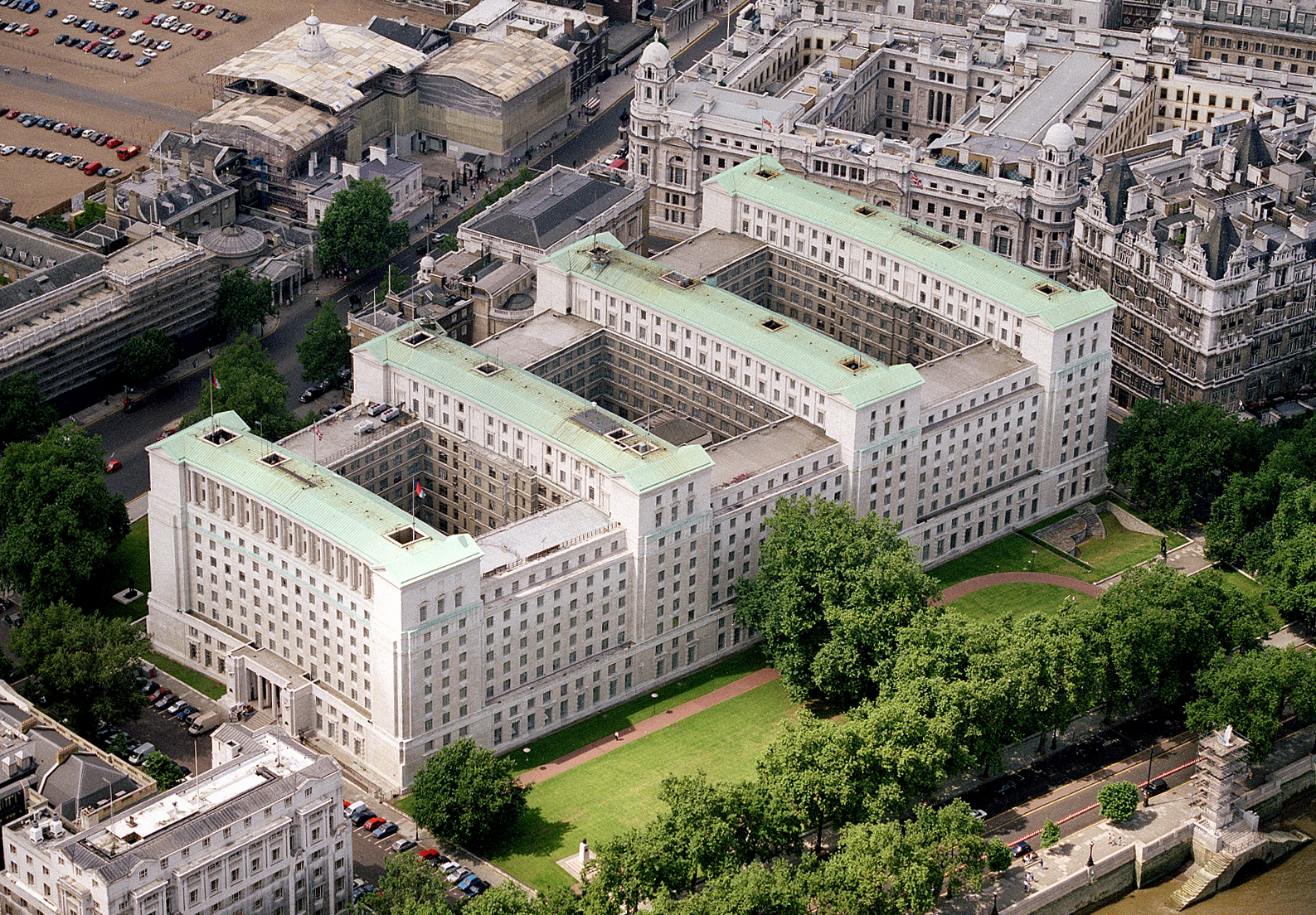Following the recent annual update from the Infrastructure and Projects Authority, the law-enforcement organisation’s IT leader provides on update on the rollout of cloud and other technologies
An NCA technical officer examines a computer seized from a suspect Credit: National Crime Agency/Flickr/CC BY 2.0
For the last few years, the National Crime Agency’s work to transform its IT estate has been one of several programmes that comprise a wider transformation taking place across the law-enforcement organisation.
A total of more than £300m has been dedicated to the transformation programme, with more than half of this – £167.7m – being invested in the technology overhaul.
Both the IT makeover and the wider transformation initiative were included in the annual assessment of the Government Major Projects Portfolio (GMPP) published this summer by the Infrastructure and Projects Authority. The two projects – which, from now on, will be considered by the IPA as a single programme of work – both received an amber rating this year.
The IPA’s traffic-light rating system – known as the “Delivery Confidence Assessment” – provides each project in the GMPP with a rating from green to red, via amber/green, amber, and amber/red
The IPA report states that, for Amber-rated projects, assessors have concluded that “successful delivery appears feasible but significant issues already exist”.
“These appear resolvable at this stage and, if addressed promptly, should not present a cost/schedule overrun,” it adds.
Following the release of the authority’s annual assessment, PublicTechnology sister publication Civil Service World has published a special report looking at the state of government projects – including a segment dedicated to the NCA IT transformation and two other landmark technology projects the government is currently undertaking.
As part of the CSW report – which includes interviews and insight from a range of senior officials, including IPA chief executive Tony Meggs – PublicTechnology put some questions about the progress of the NCA’s technology revamp to the agency’s chief information officer Gerry Cantwell.
PublicTechnology: Can you briefly frame the overall purpose of the IT transformation programme, the rationale for launching it, and what it ultimately hopes to achieve?
Gerry Cantwell: The aim of the NCA’s IT Transformation Programme is to modernise and rationalise the NCA’s IT estate, embracing new technologies to both improve the agency’s ability to flexibly respond to emerging threats, and make sustainable cost-saving measures. Workstreams within the programme include a move to cloud-based services that reduce our reliance on our existing on-premises legacy IT estate, as well as overhauling our data- and information-handling practices. The programme was launched in September 2015 as the response to a series of reviews of the technology and information estate following the establishment of the NCA in October 2013.
Does the NCA feel the amber rating awarded by the IPA is a fair reflection of the project’s current status?
The IT Transformation Programme has been reviewed several times by IPA-led review teams, each time bringing a wealth of experience that enable us to grow and develop our strategy moving forward. At the time of the review we feel that the amber rating given to the programme was both accurate and fair, and we continue to take steps to address concerns raised by the IPA to improve this rating ahead of the next review. It is worth noting that, following that review, the IT Transformation was subsumed into the wider NCA Transformation Portfolio, which is reviewed by the IPA in its totality.
The IPA said that “the delivery confidence for extant elements remains amber/red”; which elements does this apply to, and what steps is the NCA taking to ensure these elements are delivered successfully?
This amber/red rating was specifically focused on the IT Transformation component of the wider NCA Transformation Portfolio and on our ability to resource the ambitious programme of work that is needed to undertake to support transformation, and the approach that we were taking. Guided by the review team’s advice, the NCA has put in place an action plan to address those concerns and make improvements to our overall approach to delivery, as well as reviewing our resourcing model to ensure we can deliver in the expected timeframe.
What role has the IPA played in working with programme managers and other NCA staff to ensure the IT transformation programme has the right action plan and is effectively managed?
Following the review, the delivery team spent time with the IPA to work through each of the recommendations to determine what actions needed to be taken to improve our ability to successfully implement the IT Transformation Programme and fully realise the benefits to the agency. Since the review, regular progress meetings have been held with the IPA to measure our success against the agreed action plan. Internally a revised governance structure includes weekly checkpoint meetings to track progress.
What key developments or decisions have taken place in the IT transformation programme since the IPA compiled its report?
Following the last review, the IT Transformation Programme was merged under the wider NCA Transformation Portfolio, which enables us to be more closely aligned to the wider transformation agenda.
Visit civilserviceworld.com to read all the content from the CSW’s special report on the state of government’s major projects, covering programmes of work across technology, service delivery, infrastructure, and defence.



